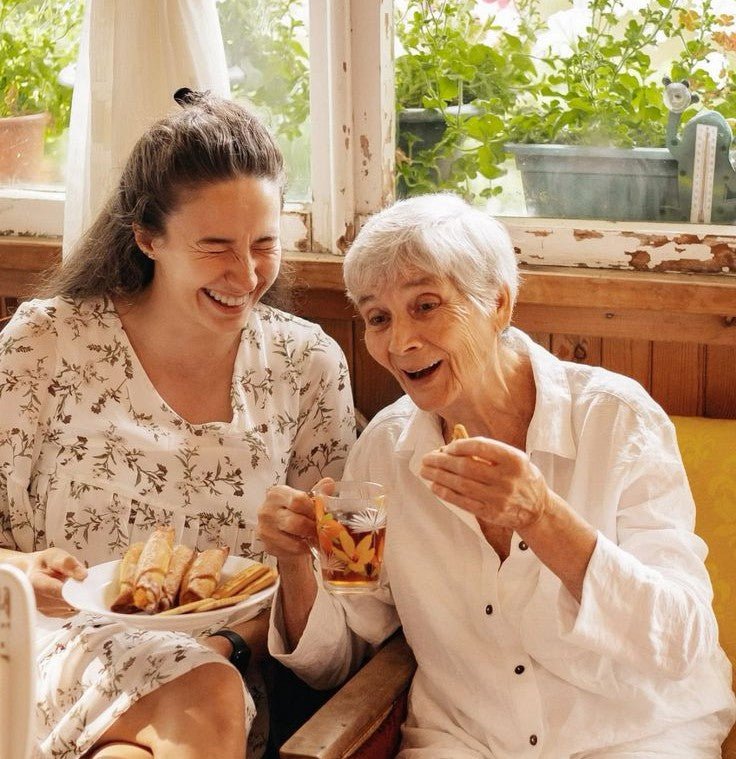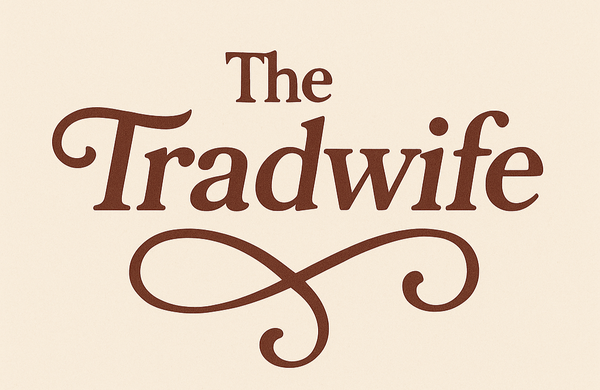
The Seasons of Happiness: How Joy Changes With Us
Because what makes us happy at five isn’t the same as what we need at fifty — and that’s okay.
Lately, I’ve been thinking about how happiness isn’t one single thing. It shifts. What made me happy as a child doesn’t always move me now, and the things I took for granted when I was younger—like a "boring" evening with my parents or a full fridge— feel like treasures these days.
It’s easy to feel like we should always be chasing some perfect version of joy. But the truth is, happiness changes as we do. It takes on new shapes, depending on where we are in life and what we need most.
Here’s what that journey has looked like for me, and for many others I’ve spoken with—through childhood, early adulthood, and beyond.
Early Childhood: Curiosity and Comfort
For babies and toddlers, happiness is mostly about feeling safe. It’s in warm arms, familiar voices, and the rhythm of being rocked or fed. Even crying, when it’s met with care, brings relief.
As children grow, joy starts to come from discovery. Playing with spoons on the kitchen floor, splashing in puddles, pointing to birds in the trees. Everything is new, and happiness is right there in the middle of it.

Childhood & Teen Years: Being Seen and Accepted
As kids get older, joy becomes more social. It comes from being understood, being allowed to try things, being part of a group. Laughter with friends. Someone listening. The safety of knowing they can mess up and still be loved.
Teenagers, especially, feel happiest when they feel like they belong. They’re figuring out who they are, where they fit, and what they care about. And it can be hard to watch sometimes—but joy still shows up. In late-night talks, in music on repeat, in that feeling of “these are my people.”

Twenties: Becoming Ourselves
In young adulthood, joy often comes from purpose. From feeling like we’re on the right path—or at least moving toward something that matters to us. It’s a time of firsts: first apartment, first real love, first job that feels meaningful. A lot of trying, failing, learning.
There’s also a hunger to explore—new places, new ideas, new ways of living. Travel, experiments in style or faith or career. The highs are high, the lows can be sharp, but the pursuit of something real brings a deep kind of joy.
Thirties and Forties: Holding It All
This stage tends to be full. Work, relationships, raising children, maybe caring for aging parents. It’s a lot, and happiness doesn’t always feel obvious. But it’s there—in the early morning quiet, in a meal that turns out well, in holding hands while folding laundry.
Happiness now is less about excitement and more about rhythm. About knowing yourself. About seeing your people grow. There’s a steadiness to it, even on the hard days.

Later Life: Meaning and Gratitude
After fifty, happiness starts to feel different again. There’s less chasing, more looking around and realizing what’s already here. Relationships. Memories. Little pleasures. A familiar song. A well-worn chair. A garden that keeps coming back each spring.
Many people say happiness, at this stage, is about being able to enjoy what you have without needing more. Health becomes more central. So does time—how we spend it, and who we spend it with.

What Never Changes
No matter the age, some things always seem to help joy find its way in:
- Feeling connected to others
- Having something to look forward to
- Taking care of your body, even in small ways
- Noticing the little good things
- Making space for rest
We won’t always feel happy. And that’s okay. But we can stay open to it—let it show up in the way it wants to, even if that looks different than we expected.
